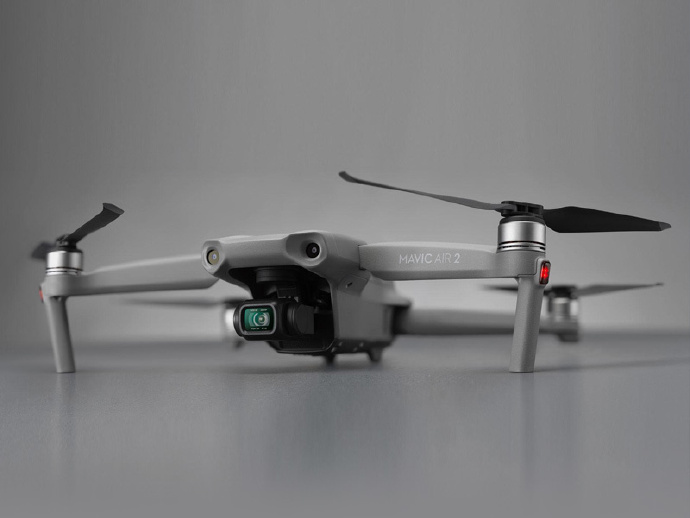Reconnaissance drones, equipped with sophisticated sensors, cameras, and communication systems, provide unparalleled intelligence-gathering capabilities. High-resolution imaging and infrared cameras allow for detailed aerial views, even in challenging atmospheric conditions or during nighttime operations. This is crucial for tactical military operations, where understanding enemy movements can dictate strategic outcomes. Furthermore, these drones can stay airborne for extended periods, with some models capable of flying for over 24 hours non-stop, thus enhancing their effectiveness in continuous surveillance missions.
Technological Advancements
The technological evolution of reconnaissance drones has been rapid. Modern drones incorporate autonomous navigation, powered by artificial intelligence, allowing them to execute missions with minimal human intervention. This autonomy not only streamlines operations but also reduces the risk associated with pilot fatigue in long-duration missions. Additionally, with the integration of satellite communication systems, drones can transmit data across vast distances, ensuring timely and accurate information delivery.
Applications in Various Domains
The use of reconnaissance drones spans beyond military applications, finding relevance in environmental monitoring, agriculture, and disaster response. In agriculture, drones assist in crop management by providing valuable aerial imagery for assessing plant health, planning irrigation, and detecting disease outbreaks. In environmental contexts, they monitor deforestation, wildlife, and oceanic changes, contributing to our understanding of ecological dynamics. Disaster response teams utilize drones to map affected areas, reach inaccessible regions, and coordinate relief efforts efficiently, showcasing their versatility.

Ethical and Privacy Considerations
With great power comes great responsibility. The widespread use of reconnaissance drones raises ethical and privacy concerns. Critics argue that such devices impinge on personal privacy, as they can be used for unauthorized surveillance, creating tensions between technological benefits and individual rights. It is essential to establish robust policies and regulatory frameworks to address these concerns, ensuring drones are deployed ethically, respecting privacy rights while maximizing their potential.
The future of reconnaissance drones is promising, with continual advancements expected to enhance their capabilities. As technology progresses, these drones will play a more integral role in multiple sectors, offering new possibilities for monitoring and intelligence collection.
Frequently Asked Questions
What are the power sources for reconnaissance drones? Most modern reconnaissance drones are powered by lithium polymer batteries or hybrid engines, enabling longer flight durations.
Can drones operate in adverse weather conditions? Yes, advancements in sensor and material technology allow reconnaissance drones to function effectively in various weather conditions, including rain or wind.
Are there legal regulations governing drone surveillance? Regulations vary globally, but many countries have established guidelines to prevent violations of privacy rights while promoting safe drone operation.